THE BEAUTY OF BIALOBRZESKI’S HEIMAT
December 8th, 2008 adminGiven the time consuming nature of scanning, I’m going to take this opportunity to return to the blog and look at the work of the second German photographer – after Joachim Brohm – in my Easy Rider series. The photography of Peter Bialobrzeski (born 1961).
I first met Bialobrzeski in 2003 when I was a student on the World Press Photo Joop Swart Masterclass in Amsterdam. He was one of the Masters, along with François Hebel, MaryAnne Golon, Roberto Koch, Manoocher, Nicole Robbers and Tom Stoddart. Looking back over my career over the past ten years I’d say that the Masterclass rates as one of the most significant waypoints in my professional life. It was a hugely valuable experience and, slightly ironically, precipitated my move away from editorial photography. The advice I gleened from the Masters, particularly from Bialobrzeski, was one of the motivating factors for upping sticks and spending a year traveling across Russia working on Motherland. I found an affinity with Bialobrzeski’s work and his approach, which seemed considered, intelligent and contemplative. Not to mention, beautiful.
Bialobrzeski came to prominence with his 2004 book Neon Tigers (which was chosen as one of the Best-Designed German Books of that year and won several prizes including a World Press Photo). However, the work that I am most drawn to is his book on Germany. Heimat (published by Hatje Cantz) which is German for “homeland,” is the fascinating result of his journey over two years, covering nearly 9500 miles around the country.
As with Russians relationship with the concept of Rodina, for Germans Heimat is a rather difficult term which embodies conflicting tendencies. In Bialobrzeski’s own words, “Having a home means having roots, which is not the same as being rooted to the spot.” And since he is more interested in images than in places, Heimat is “not a book about Germany as homeland per se.” Rather, it creates a fixed image of “a personalized bit of visual and cultural history.” He talks about home not being a geographical marker, “it’s not about places, it’s about pictures†he says.
Heimat 08 © Peter Bialobrzeski
Bialobrzeski terms his photographs in Heimat as “projection surfaces for post-postmodernist man’s yearning for nature.†In his preface to the book he pays homage to German Romanticism, in particular the paintings of Caspar David Friedrich (who he identifies as influencing his notions of the ‘German Landscape’) and at the same time makes a nod to the work of contemporary American colour photographers, particularly Joel Sternfeld and American Prospects.
Heimat 20 © Peter Bialobrzeski
The link with Romanticism is clearly evident in these photographs, which Bialobrzeski himself identifies as- “although superficially documentary, with a sort of critical look, the pictures are nonetheless ‘beautiful’ as aesthetic statements.†While they are photographs of ordinary landscapes, unspectacular rural places that have been altered by man and through Bialobrzeski’s lens, are always peopled, they are definitely beautiful, while not slipping into romantic clichés.
Heimat 25 © Peter Bialobrzeski
In an introduction to the book, Ariel Hauptmeier writes “Bialobrzeski wanted to circumnavigate the dogma that art has to be critical, detached, and unemotional. Wanted to set off in the confidence of finding things beautiful that you’re not allowed to find beautiful: ordinary, splendid, uneventful, magical, prosaic German landscapes. Such as everyone knows and loves, such as we have anchored in our collective unconscious. It would have been easy to have photographed these scenes in a cool, fragmented, or even ugly manner. But Peter Bialobrzeski made the effort to find them beautiful.â€
Heimat 15 © Peter Bialobrzeski
The link with German Romanticism and Bialobrzeski’s photographs is extended by Ariel Hauptmeier, who makes sees Bialobrzeski’s last photograph in the book (Heimat 34), that of a young woman sitting alone by the sea, as a pastiche of Caspar David Friedrich’s Monk by the Sea.
Heimat 34 © Peter Bialobrzeski
Caspar David Friederich, Monk by the Sea (1809), Oil on canvas
Heimat is my favourite photography book of the past couple of years. It’s well worth spending time with. And you can see more of Bialobrzeski’s photographs from the series on L.A.Galerie’s website here.
In a recent conversation where I brought up my We English project, Bialobrzeski told me that he’d actually spent a year in Britain documenting the country between 1991-1992 for a project called ‘Give My Regards to Elizabeth’. The work was shown at Side Gallery in 1993, however, it was never published as a book. I’ve posted up a couple of pictures below, and you can see a larger selection of images here (it’s interesting to see how Bialobrzeski’s pictorial approach has shifted since these were taken).
© Peter Bialobrzeski
© Peter Bialobrzeski
© Peter Bialobrzeski
If you want to find out more about Bialobrzeski’s work, you can read a recent interview with him over on Conscientious here.


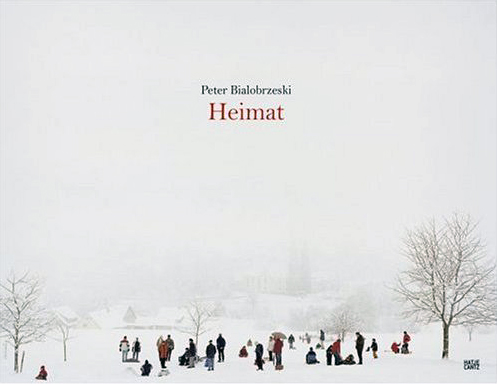
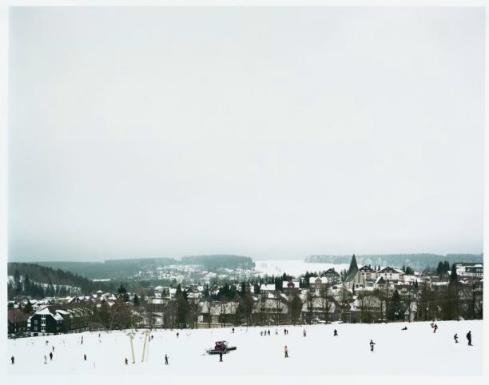
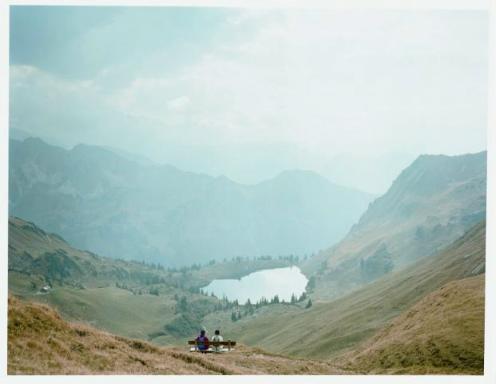
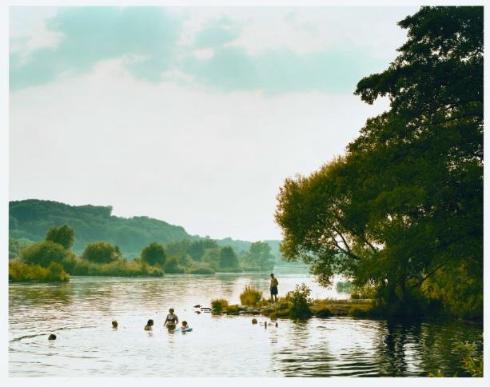
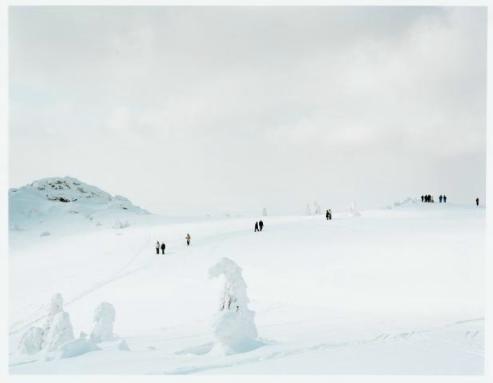
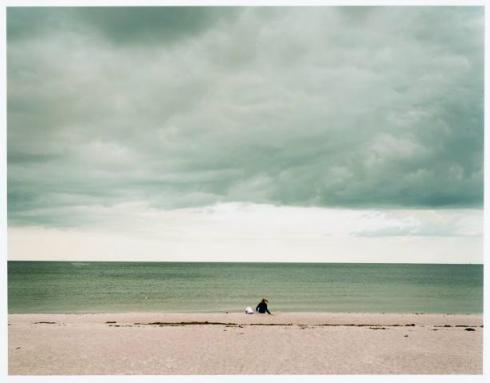
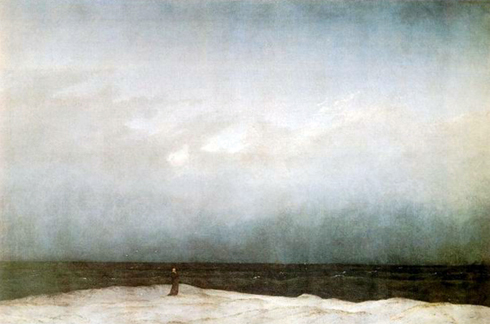
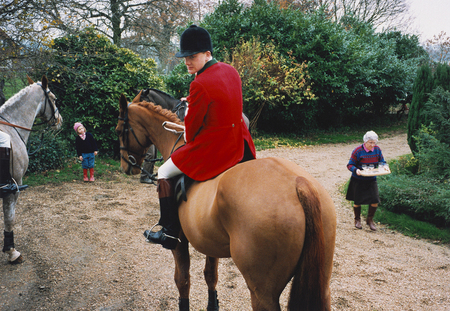
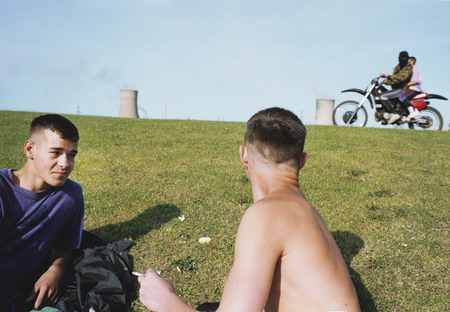
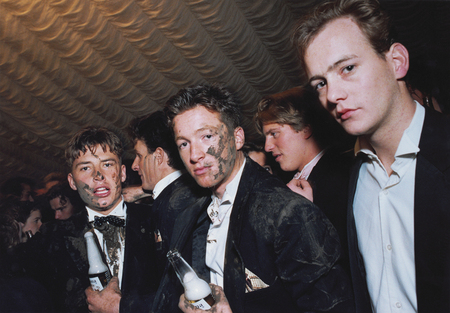
January 5th, 2009 at 2:37 pm
On the subject of Heimat, H.Rathzel (1994), writing in “Harmonious ‘Heimat’ and disturbing ‘Auslander'”, Feminism and Psychology, 4, 81-98, suggests that this word expresses “a prime symbol of the nation”. Heimat and ‘homeland’ capture a duality of meaning. As Michael Billig writes in his book ‘Banal Nationalism’ (Sage Publications, 1995), “The country is the place of ‘our’ personal homes – my home, your home – and, as such, it is the home of all of ‘us’, the home of homes, the place where all of ‘us’ are at home. In this sense, the homeland is imagined as a unity.”